- Visualizza Nuovi Contenuti
- Nikonland
- Sezioni
- Test
- Guide agli acquisti
- Indice Articoli
- Blog
- Forum
-
Fotografie
- Novità dalle Gallerie Fotografiche di Nikonland
- Una foto soltanto : Consigli & Critiche
- Ultime Immagini Caricate
- Ultimi Commenti
- _____________________________
- Contest e occasioni speciali di Nikonland
- Natura
- Fiori
- Ritratto
- Nudo
- Street
- Motori (auto e moto)
- Paesaggi e Panorami
- Architetture
- Viaggi e reportage di viaggio
- Sport (no motori)
- Vendo e Compro
- Downloads
-
Altro

Benvenuti su Nikonland Questo sito è indipendente, è autofinanziato, non promuove e non raccoglie pubblicità. Non è collegato con Nikon, Nital o le loro sussidiarie
Nikonland non è una rivista periodica e non è quindi sottoposta alla normativa vigente
Ultimi Test
-
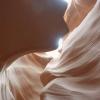 Panasonic Lumix DC- GH5: changing photography
Panasonic Lumix DC- GH5: changing photographyMax Aquila - gen 04 2018 17:26
-
 Sony Vario Sonnar 2,8/24-70 ZA SSM II: lo Zeiss...
Sony Vario Sonnar 2,8/24-70 ZA SSM II: lo Zeiss...Max Aquila - ago 08 2017 10:39
-
 Nikon 24-70mm F2.8E VR (test/prova)
Nikon 24-70mm F2.8E VR (test/prova)Lieve - ago 02 2017 16:25
-
 Nikon D7500 o Nikon D500 : quale scegliere ? (g...
Nikon D7500 o Nikon D500 : quale scegliere ? (g...Lieve - ago 01 2017 12:38
-
 Nikon D7500 : io non ho paura ! (test/prova)
Nikon D7500 : io non ho paura ! (test/prova)Lieve - ago 01 2017 13:59
Altri Contributi
-
 [libro Nikonland centenario] Il Terzo Occhio
[libro Nikonland centenario] Il Terzo OcchioAlberto Coppola - ago 17 2017 15:43
-
 [reportage] Non è più strano... il Tai Chi Chuan nei Parchi a Milano.
[reportage] Non è più strano... il Tai Chi Chuan nei Parchi a Milano.Silvio Renesto - ago 05 2017 13:16
-
 100 anni di Nikon il mito intramontabile
100 anni di Nikon il mito intramontabileRoby C - ago 04 2017 14:49
-
 01-09-2017 - Pravo dopo quarant'anni cambia sede
01-09-2017 - Pravo dopo quarant'anni cambia sedeRoby C - ago 02 2017 17:08
-
 31 luglio 1954... e uno che diverrà un famoso nikonista...
31 luglio 1954... e uno che diverrà un famoso nikonista...Roby C - lug 31 2017 18:48
-
 la Vera Storia della Riunione del 29 Luglio...
la Vera Storia della Riunione del 29 Luglio...Roby C - lug 30 2017 22:46
-
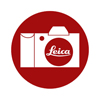 Sardegna - Sud Est
Sardegna - Sud Estcris7 - lug 24 2017 19:27
-
 Avignone - Il festival off
Avignone - Il festival offMassimo Vignoli - lug 18 2017 21:59
-
 [editoriale] Garanzia cinqueminuti...
[editoriale] Garanzia cinqueminuti...Max Aquila - lug 12 2017 12:21
-
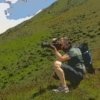 [motori] Monza Historic
[motori] Monza HistoricGiannantonio - lug 06 2017 13:39
-
 [libro Nikonland centenario] だいすきニコン (daisuki Nikon)
[libro Nikonland centenario] だいすきニコン (daisuki Nikon)Alberto73 - lug 04 2017 21:52
-
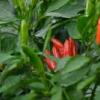 [manifestazioni] TRATTA 29 giugno 2017
[manifestazioni] TRATTA 29 giugno 2017tommowok - giu 30 2017 13:23
-
 [luoghi] i laghi del Trentino
[luoghi] i laghi del TrentinoAlberto73 - giu 29 2017 21:13
-
 [reportage] Tre Torri
[reportage] Tre TorriGiannantonio - giu 28 2017 15:46
-
 [Nikonland libro Centenario] come da tag
[Nikonland libro Centenario] come da tagValerio Brùstia - giu 26 2017 00:06
In evidenza
-
 Le Nikon del 2017
Le Nikon del 2017Lieve - feb 08 2017 08:36
-
 16 ottobre - 2006-2016 : dieci anni della nostr...
16 ottobre - 2006-2016 : dieci anni della nostr...Lieve - ott 16 2016 06:03
-
 La Stampa in Bianco e Nero
La Stampa in Bianco e NeroSpinoza - mag 19 2016 19:55
-
 Nikon D5 : semper fidelis (test/prova)
Nikon D5 : semper fidelis (test/prova)Lieve - ott 30 2016 17:17
-
 La nascita di Nikon (Nippon Kogaku) e la Marina...
La nascita di Nikon (Nippon Kogaku) e la Marina...Lieve - mar 04 2015 11:11
-
 Nikon D810 : la terra promessa (test/prova)
Nikon D810 : la terra promessa (test/prova)Lieve - mar 10 2015 13:50
-
 Il fascino intramontabile delle foto stampate
Il fascino intramontabile delle foto stampateLieve - mag 22 2014 09:23
-
 Calibrare e Profilare il monitor. Guida pratica
Calibrare e Profilare il monitor. Guida praticaSpinoza - mag 13 2014 12:57
Ultime News
-
 25 luglio 2017 : fine della ricreazione
25 luglio 2017 : fine della ricreazioneLieve - lug 28 2017 11:02
-
 La Nikon D850 ha un mirino ibrido ?
La Nikon D850 ha un mirino ibrido ?Lieve - lug 27 2017 05:40
-
 Importante aggiornamento firmware per la Nikon...
Importante aggiornamento firmware per la Nikon...Lieve - lug 12 2017 07:50
-
 Nuovo Nikon AF-P 70-300mm F4.5-5.6E VR (FX)
Nuovo Nikon AF-P 70-300mm F4.5-5.6E VR (FX)Lieve - lug 11 2017 07:28
-
 New Old Camera : servizio 'demo' e Meet...
New Old Camera : servizio 'demo' e Meet...Lieve - giu 12 2017 07:41
-
 Nuovo Nikon 10-20mm F4.5-5.6 VR
Nuovo Nikon 10-20mm F4.5-5.6 VRLieve - lug 07 2017 16:49
-
 Nuovo Nikon 8-15mm F3.5-4.5E Fisheye
Nuovo Nikon 8-15mm F3.5-4.5E FisheyeLieve - mag 31 2017 07:23
-
 Nuovo Nikon 28mm F1.4E
Nuovo Nikon 28mm F1.4ELieve - mag 31 2017 07:36
-
 Fotografia, messaggi, il tempo in cui viviamo.
Fotografia, messaggi, il tempo in cui viviamo.Lieve - giu 25 2017 05:35
-
 Il dado è tratto. Sarà il 2018 l'anno mirro...
Il dado è tratto. Sarà il 2018 l'anno mirro...Lieve - lug 12 2017 07:15
Sigma Sd Quattro, applications for Palaeontology
ott 09 2016 11:20 |
Silvio Renesto
in International
Sigma Sd Quattro macrophotography fossil photography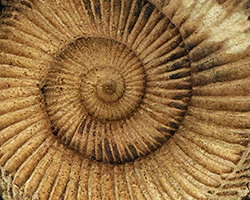
Main features, pros and cons of the Sigma SD Quattro have already been extensively described in many sites and here on Nikonland byMauro Maratta in his articolo, that I recommend reading (it's in Italian Language by the way) .
I will not repeat them here. I will instead show how this unusual camera surprised (and enthralled) me as a tool for my work, giving me a very special user experience.
I am a vertebrate Paleontologist and my field of interest are fossil reptiles of the Triassic (roughly 250-200 million years ago) . I published over sixty scientific papers and also have a lot of teaching and popular education activities in my University Department.
No need to say that photography plays a fundamental role in Palaeontology both for illustration of one's studies and for didactic purposes.
Since fossils are amongst the most quiet things (along with rocks) in the natural world, the main shortcomings of the Sigma Dp Quattro, concerning ISO, reaction times and so on, become irrelevant. With a good stand or tripod and right lights, one can take photos at 100 ISO with proper apertures and exposure time,s without any worry. Thus, the shortcomings are gone, but the good qualities are still there. Mainly, as we will see later, the richness of detail and the perception of three-dimensionality that the camera gives to images. Something I believe can be obtained only with much more expensive or bulky (or both) equipment.
A Jurassic Ammonite
However, what renders the photos taken with the Sigma Dp Quattro really different (and useful) for my work, does not concern photographs of complete specimen to be published on scientific journals (where, given the requested sizes, any good or decent DSRL will do the job) but rather the great sharpness of fine details, and the usability of even the biggest crops. This is a plus both for research and for teaching.
I take a photo of this Ammonite that still has the shell preserved. a rather uncommonevent. The specimen is about 4-5cm in diameter. I photographed it with the Sigma 50mm f1.4 ART and the Achromatic close up lens Marumi 3x, because a 105mm macro Sigma wasn't available for the test. Note: all photos have been taken with the 50mm f1.4 ART with or without the Marumi according to need.
Below, the 100%crop:
And here comes the first surprise: You can clearly see the broken shell layers, the sutures (those arborescent lines) and the sediment that filled the shell cavity. I never saw it so well in a photo, especially in a huge crop, taken with a camera of this price level. Surely the crop can't be printed, but its more than good for didactic purposes, in fact I used it in my power point for my lesson on fossil cephalopods last Friday.
Section of another Ammonite. This one is pyritized (that is, it is encrusted by iron sulphide, due to a reaction that occurs in anoxic sea bottoms often by action of bacteria).
Again, a 100% crop:
Again, I was stunned by seeing the "step" in thickness between the black pyrite encrusting and the shell septa. This one has also been used for my lesson.
Now, Bivalves:
Would you like to see the growth lines? Here they are:
Carboniferous Fern leaves:
you can see the little creases of the leaflets:
Please take in mind that all the photos have been taken with a standard (as focal lenght) lens, with a true macro there may have been much less need of cropping, greatly enhancing image quality and usability. As for the following examples.
[page 1][page 2][page 3][page 4]
Test:
Yes
0 user(s) are online (in the past 15 minutes)
0 utenti, 0 ospiti, 0 utenti anonimi


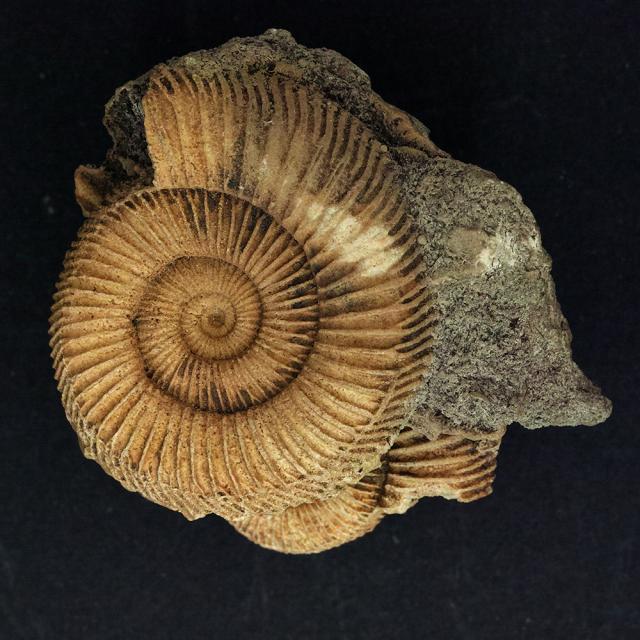
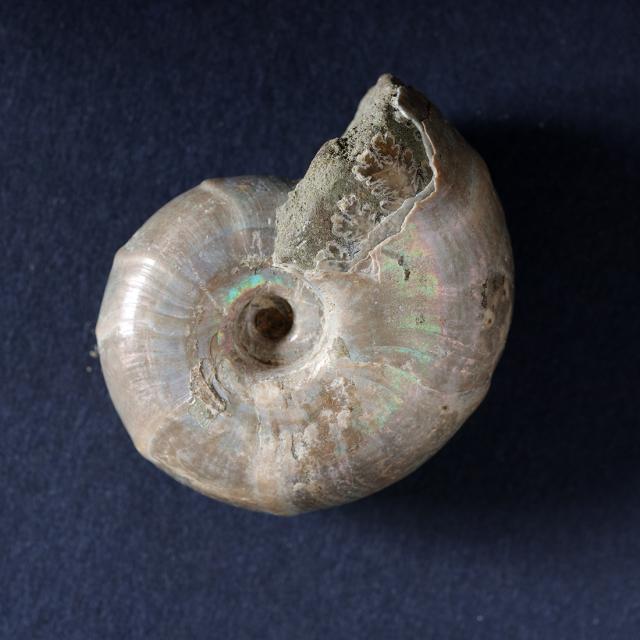
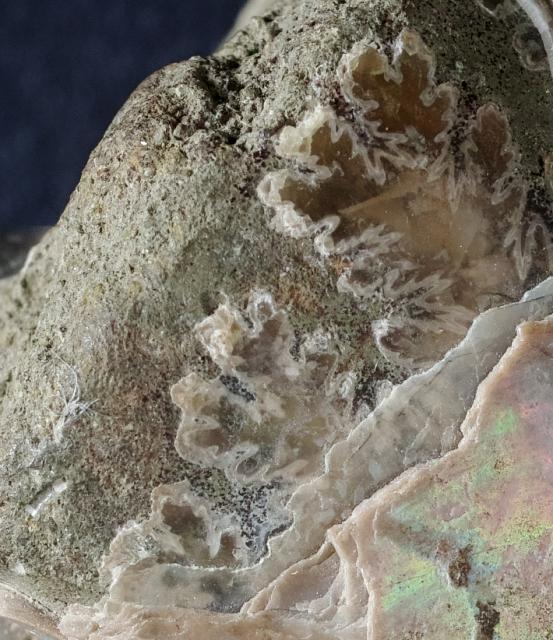
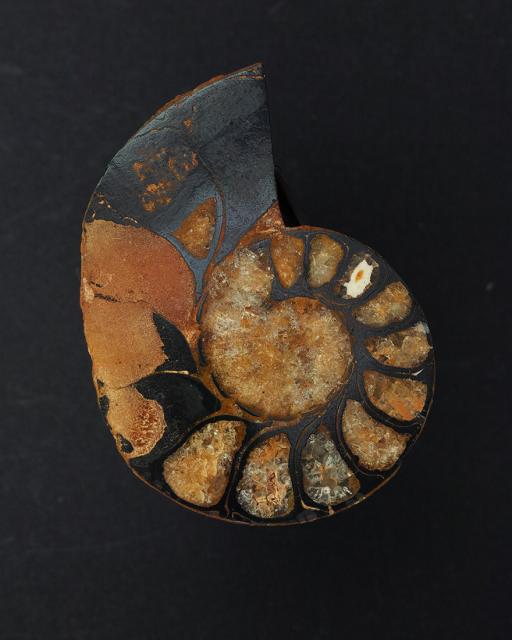
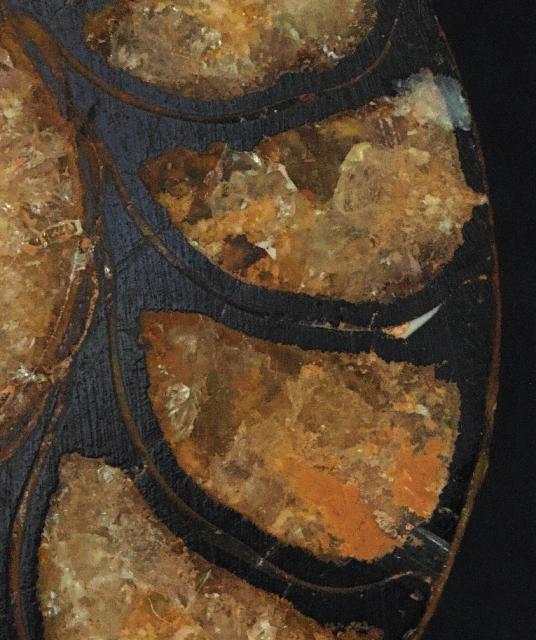
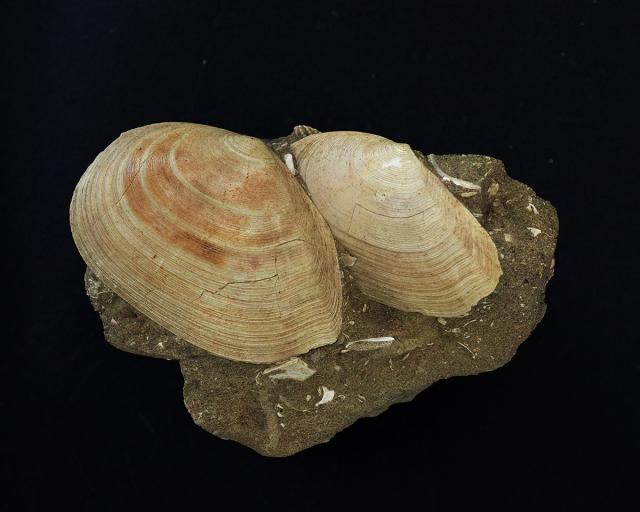
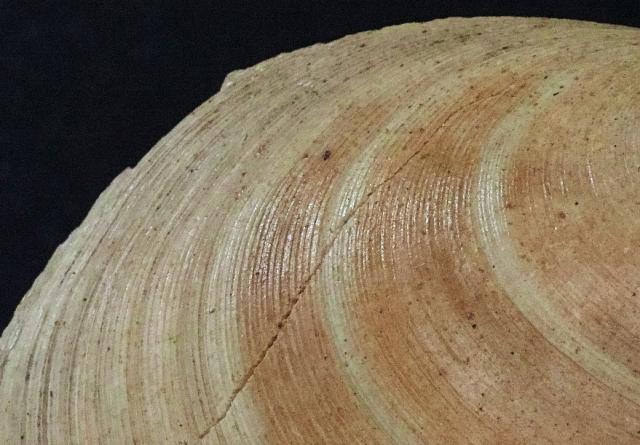
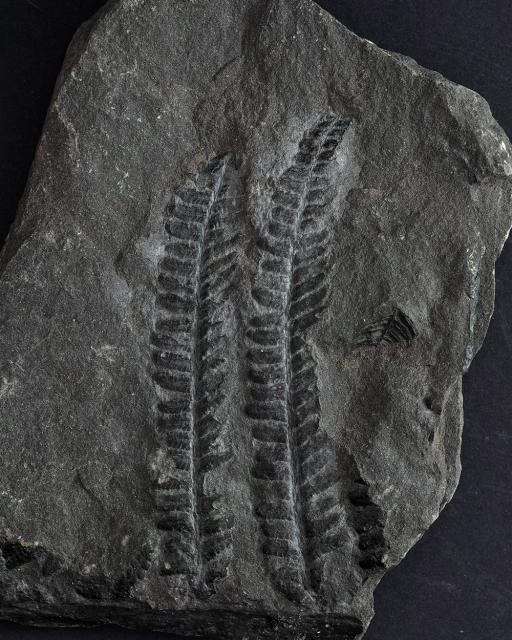
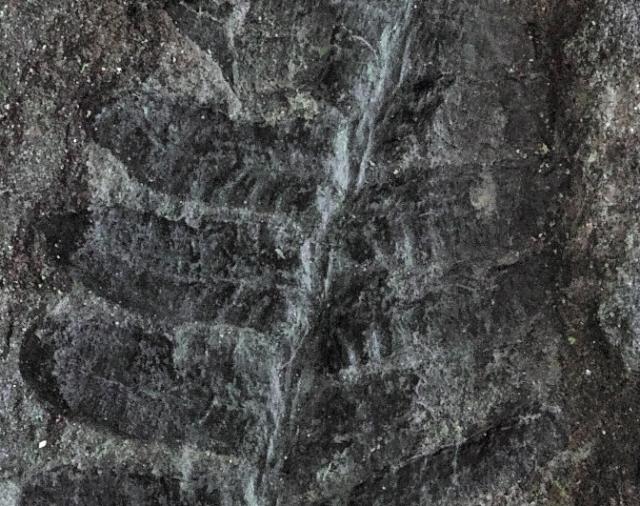











0 Comments